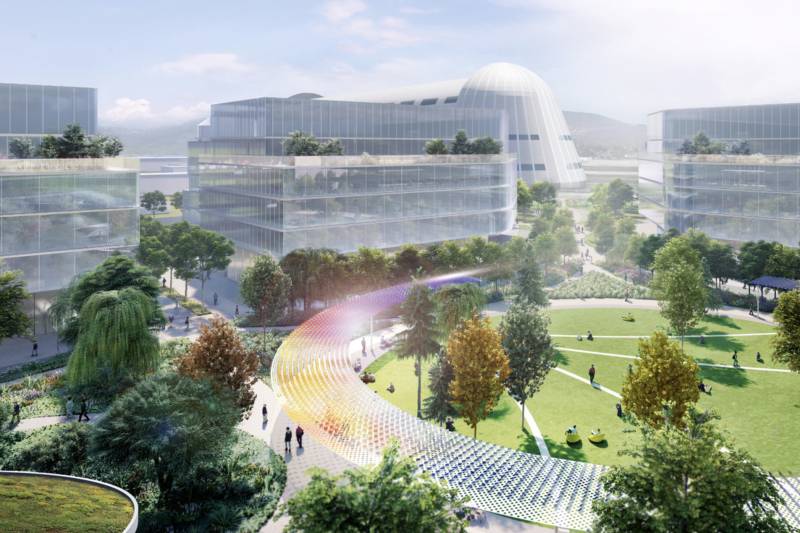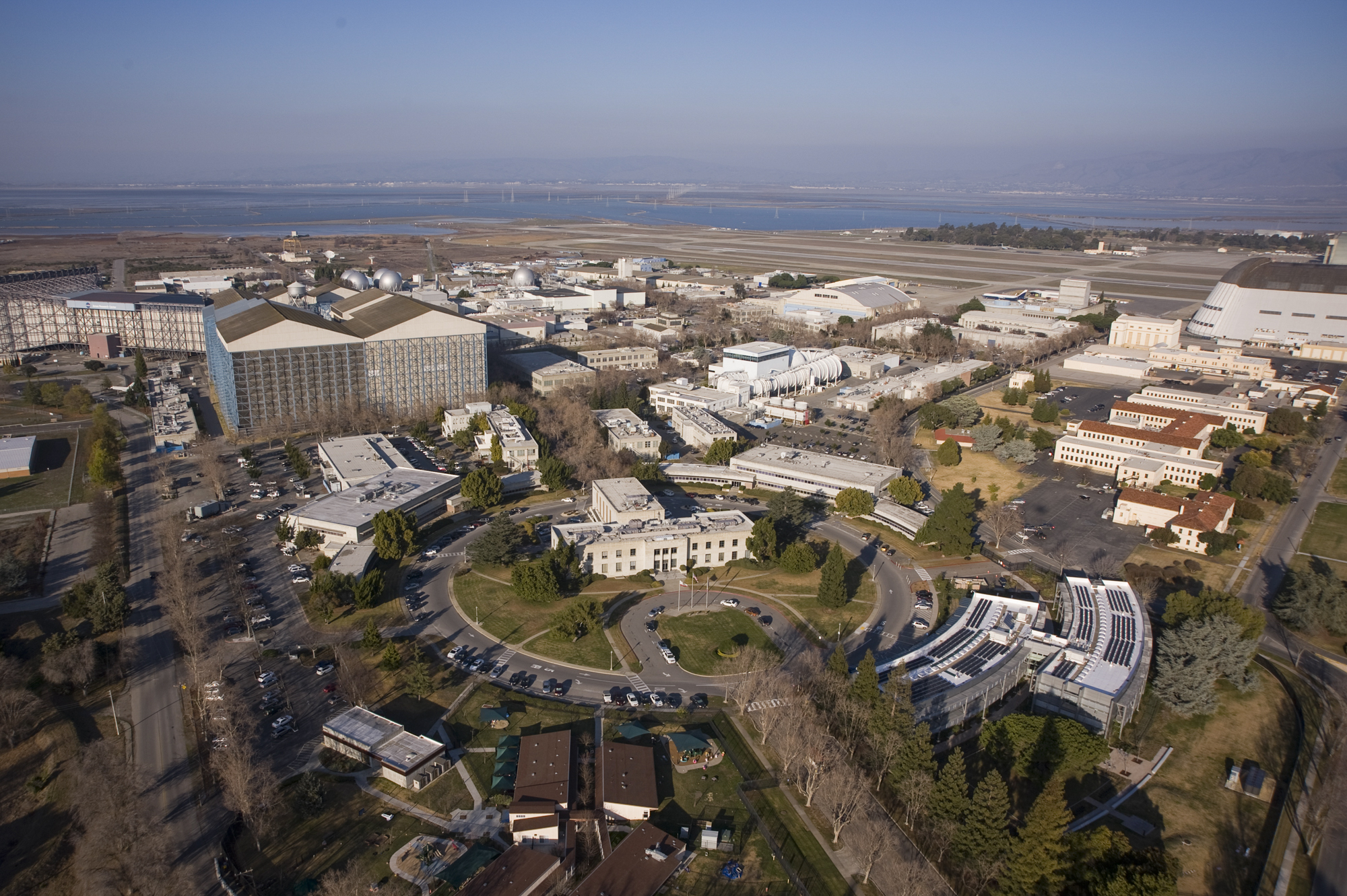UC Berkeley, in collaboration with NASA and real estate developer SKS Partners, plans to build a 36-acre research park in Mountain View.
The university said in a press release that it will be a place for scientists, students and tech companies to work together, developing innovations in aviation and space exploration as well as climate change and social sciences.
“The planned expansion of Berkeley’s physical footprint and academic reach represents a fantastic and unprecedented opportunity for our students, faculty and staff,” said UC Berkeley Chancellor Carol Christ at a press conference on Monday. “We’re thrilled by the prospect of it. New collaborations can speed the translation of research discoveries into the inventions, technologies and services that will advance the greater good. This is a prime location and prime time for this public university.”

